
Starting June 1st, 2023 Our warehouse fee will be $0.65/cubic foot per month
In effort to lower the warehouse storage fee during inflation, we have went narrow aisle racking.This construction took us four months but the project is finally completed. With narrow aisle racking, we are able to drop storage by 24%.We as partners will go through this inflation together.
04/08/2024
In the ever-evolving landscape of port management, the emergence of smart ports signifies a groundbreaking shift towards modernization and efficiency. These technologically adept ports capitalize on innovative solutions and data-driven approaches to revolutionize operational standards, prioritizing efficiency, safety, and sustainability.
Despite centuries of maritime tradition, the shipping industry has often been characterized by its reluctance to embrace change and its traditionalist stance toward emerging technologies. This conservative mindset has historically impeded the integration of novel solutions into standard shipping practices.
In contrast to industries like aviation, which have swiftly adopted automation and cutting-edge technologies, maritime operations have lagged behind. However, a new era is dawning with a suite of promising innovations and intelligent interfaces powered by the capabilities of data science.
These meticulously designed solutions are tailored to augment and optimize port operations, representing a transformative leap forward in the industry. Key elements encompassed within these state-of-the-art solutions include:
Artificial Intelligence (AI)
Internet of Things (IoT)
Digital Twin
Blockchain
5G
In the realm of shipping, there's a notable shift in attitudes towards technological advancements, fueled by the promise of data-driven solutions. This evolving perspective signals a growing acceptance and enthusiasm for integrating technology, setting the stage for a more promising and interconnected future in the industry.
In the backdrop of escalating globalization and intensifying international trade, where ships are expanding in size and goods are traversing the globe with remarkable speed, coupled with the unpredictable geopolitical landscape, there is a pressing need for the industry to ardently embrace technological advancements. Now more than ever, the sector is urged to integrate progressive digital solutions.
Keeping this imperative in focus, let's delve into the leading-edge digital innovations being embraced by ports across the globe.
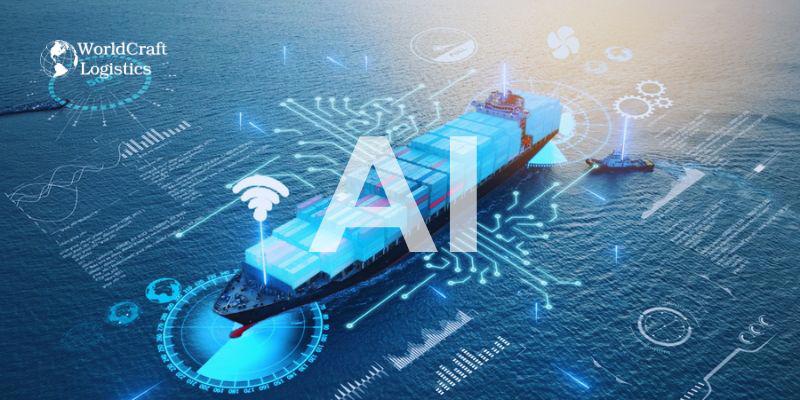
Artificial Intelligence, commonly known as AI, encompasses computer systems that emulate human intelligence processes through methods such as machine learning, natural language processing, and robotics. Its primary objective is to enable systems to execute tasks and tackle challenges that conventionally demand human intelligence.
AI's potential lies in its capacity to automate recurring tasks, thereby enhancing overall operational efficiency across various domains. Moreover, AI algorithms can analyze vast datasets efficiently, facilitating predictive analytics crucial for anticipating future occurrences such as market trends. Additionally, AI serves as a valuable tool in decision-making processes by furnishing valuable insights and recommendations to human decision-makers.
Various strategies can be applied within the ports sector. Globally, ports have the opportunity to enhance their shipping procedures comprehensively by integrating artificial intelligence (AI). AI holds the capability to streamline fleet operations and management, facilitating the identification of optimal shipping routes through the analysis of GPS, weather, and traffic data. Furthermore, the utilization of AI extends to the development of autonomous vessels, equipped to independently navigate, dock, and execute decisions.
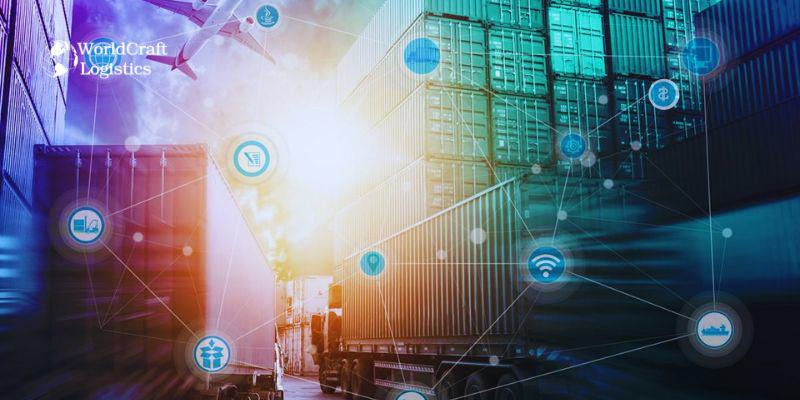
Deploying the Internet of Things empowers ports to streamline resources and minimize human intervention. IoT encompasses a web of interconnected devices, objects, and sensors capable of gathering and transmitting data over the internet. This facilitates seamless communication and data exchange among devices, enabling autonomous decision-making devoid of human oversight. Consequently, human errors are mitigated, bolstering operational efficiency, management, and notably, safety within ports.
The advantages extend significantly to the shipping sector. For example, vessels can integrate IoT sensors for monitoring and managing risks. These sensors oversee various operational facets such as engine efficiency, fuel usage, temperature, and hull integrity. Subsequently, the collected data can be transmitted to shore, empowering shipping firms to oversee their fleet's condition and conduct predictive maintenance from a distance. This approach minimizes downtime and expenses while fostering sustainable operations.
The Internet of Things (IoT) plays a pivotal role in optimizing port operations, aiming to enhance efficiency while mitigating congestion and reducing vessel turnaround times. By utilizing IoT technology, ports can track the movement of ships, containers, and various assets within their premises, thereby streamlining operations. Moreover, this bolstered connectivity enhances port security measures, effectively minimizing the risk of cargo theft.
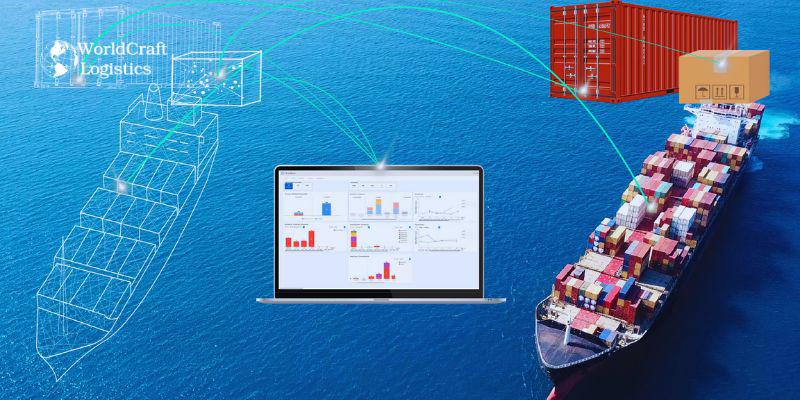
A Digital Twin stands as a virtual counterpart mirroring an object, system, or process, harnessing live data and sophisticated analytics to mimic the traits and behaviors of its physical counterpart. Through this virtual emulation, operators gain the capability to oversee, experiment, and scrutinize the original physical entity, facilitating performance optimization. The advent of this technological innovation holds promising prospects for revolutionizing the shipping sector.
Creating a digital twin (DT) of a vessel or ship equipment allows shipping firms to amass data on diverse performance metrics like engine functionality, fuel usage, equipment condition, and more. This data facilitates analysis for predicting maintenance requirements and repairs, thus enhancing operational scheduling efficiency. Furthermore, insights into fuel consumption patterns can bolster fuel efficiency, potentially reducing costs and emissions. DTs extend their utility across the supply chain, encompassing ports, warehouses, and logistics, enabling simulations that optimize operational efficiency.
In a recent development, Tianjin Port Group and Huawei have unveiled their joint endeavor to construct a digital replica of the Port of Tianjin in China. This ambitious initiative, unveiled earlier this year, is structured into three key components: the establishment of cutting-edge automated terminals, enhancement of conventional terminals, and a holistic digital overhaul.
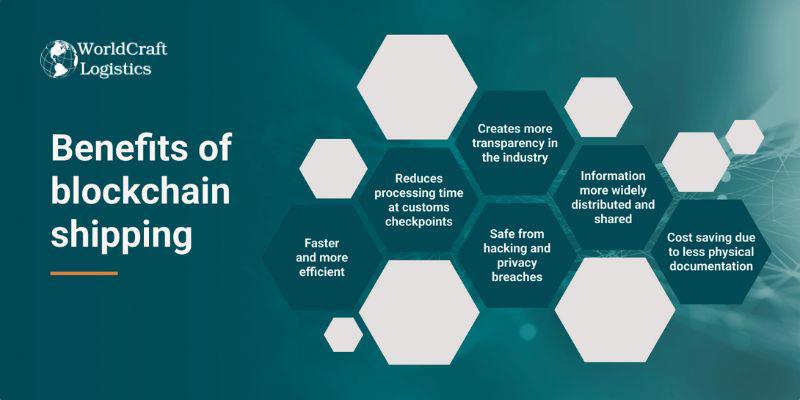
Blockchain, a decentralized and distributed digital ledger technology, facilitates secure verification and recording of transactions for multiple parties within the supply chain. It functions as a series of interconnected blocks using cryptographic techniques. In the shipping industry, blockchain offers various advantages.
One significant benefit is its ability to provide transparent visibility into the movement of goods along the supply chain through real-time shipment tracking. This feature allows stakeholders such as manufacturers, suppliers, shippers, and customers to access and verify data, reducing delays, disputes, and fraud risks. The decentralized nature of blockchain, coupled with cryptographic algorithms, enhances security by preventing data tampering and unauthorized access, ensuring the integrity of the shipping process.
Blockchain technology also facilitates the deployment of smart contracts. These contracts, which feature predetermined conditions and execute automatically, streamline shipping processes by reducing paperwork and human intervention. For example, payment release upon successful delivery can be automated. By providing a transparent view of the supply chain, blockchain enables port operators to pinpoint inefficiencies and bottlenecks, allowing for targeted optimization efforts. This transparency also enhances customer trust by ensuring smoother operations and secure shipments. However, it's crucial to note that the extent of these benefits hinges on collaboration and standardization among stakeholders.
In the vanguard of blockchain integration stands the Global Shipping Business Network (GSBN).
In March 2023, GSBN forged a partnership with COSCO Shipping Lines (COSCO), Orient Overseas Container Line (OOCL), and the Shanghai Research Institute of Chemical Industry Testing Co., Ltd (SICIT) to leverage blockchain technology.
In a recent development in May, GSBN unveiled initial proofs-of-concepts for trade finance products. Their objective is to construct a blockchain-powered operating system, aiming to digitally optimize trade finance processes, thereby enhancing operational efficiency and fostering transparency throughout the supply chain.
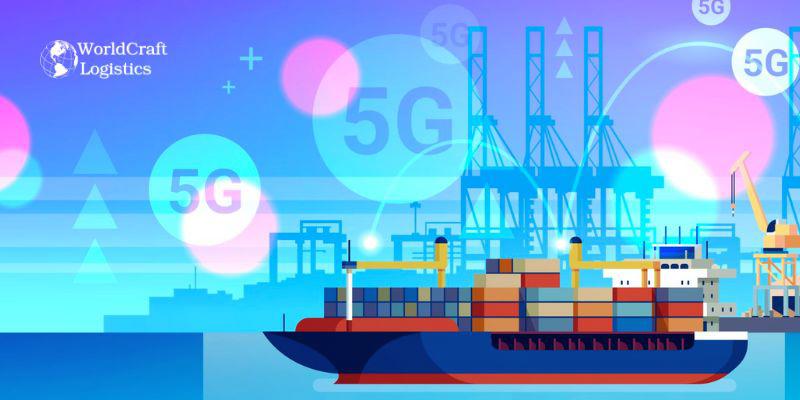
The fifth generation of wireless communication technology, known as 5G, represents the cutting-edge in network infrastructure, boasting superior data speeds by utilizing higher-frequency radio waves. Alongside its enhanced capacity and reliability, 5G effectively minimizes latency, offering significant advantages to the shipping industry.
Shipping companies have notably benefited from 5G's capabilities. The accelerated data speeds enable swift retrieval of real-time information crucial for time-sensitive tasks like tracking shipments and managing logistics. Moreover, the expanded capacity of 5G facilitates the seamless integration of IoT devices. Shipping companies can now deploy a vast network of sensors and connected devices throughout their supply chain with confidence in reliable connectivity.
Both 5G and IoT are synergistically enhancing supply chain efficiency, facilitating informed decision-making through heightened visibility into inventory, shipping conditions, and delivery status. This tandem approach minimizes shipment delays and maximizes operational efficacy. In essence, 5G not only enhances shipping operations autonomously but also serves as an enabling infrastructure for various digital solutions discussed herein, fostering optimal operational environments.
Enhanced capacity and data velocity facilitate seamless communication between vehicles and centralized systems, enabling real-time fleet monitoring and route optimization.
Santos Port Brasil Terminal Portuário (BTP) is placing significant emphasis on 5G in its forthcoming strategies. In late 2022, the terminal operator collaborated with telecommunication giants TIM and Nokia to establish a private 5G network within the port. This partnership marks the inception of the sector's inaugural 5G private network on the Latin American continent, set to solidify further following the release of the 3.5GHz band for the city of Santos, slated by regulatory body Anatel for 2023.
In a more recent development this year, Hutchison Port Holdings (HPH) Trust announced the integration of 5G technology across its container terminals in Hong Kong. Through a collaboration with 3HK, HPH Trust has erected five 5G base stations within its Hong Kong terminals, facilitating ultra-high-speed, low latency, and extensive machine-type communications, as reported by HPH.
Over recent years, ports have experienced significant impacts from shifts in economic and environmental conditions. Consequently, port managers are compelled to prioritize initiatives aimed at enhancing resilience, sustainability, and access to port infrastructure in response to evolving constraints and financial demands.
Moreover, alongside the emergence of new international mandates regarding the adoption of alternative fuels for fleets, ports globally are undergoing a transformative phase centered on digitizing their operations, integrating new infrastructure, and refining management processes. Are you aware of any seaports that have implemented distinctive changes in their operational protocols?
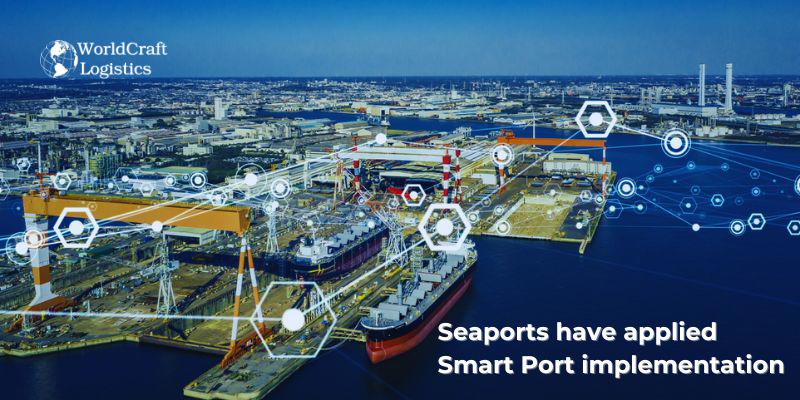
In 2020, the Port of Los Angeles and IBM joined forces to establish a cyber resilience center at the port, aiming to mitigate cyber security risks associated with cargo handling and data exchange. This initiative is expected to enhance the security and efficiency of freight operations at the port.
Furthermore, through its Smart Port Initiative in collaboration with GE, the port is in the process of developing a digital platform to enhance transparency and optimize planning and supply chain operations. This strategic move is anticipated to improve overall effectiveness in managing port activities.
Additionally, in alignment with California's environmental objectives, the port has been actively promoting initiatives to improve water quality. Its deep channel depth accommodates vessels of all types, supporting the port's commitment to environmental sustainability while maintaining accessibility for maritime traffic.
The port demonstrates a strong commitment to its surrounding community, prioritizing concerns such as air and water quality, pollution, and traffic congestion. Additionally, they aspire to enhance their information technology infrastructure to remain competitive in the modern trade landscape. Emphasizing the importance of engagement with the city's residents, they aim to extend their services to the hinterlands.
Nearly 15 years ago, the port embarked on its transformation journey towards becoming a Smart Port. Currently, they are actively engaged in developing a container tracking application to improve shipment visibility. By leveraging technology solutions and maintaining transparency with shippers, the port seeks to streamline logistics operations and ensure efficient cargo tracking processes.
The port has implemented a Digital Twin, providing comprehensive insights into the interactions among various equipment components and enabling real-time monitoring of all processes. Additionally, IoT sensors are utilized to ensure compliance with environmental water regulations by monitoring parameters such as water flow, turbidity, and pressure.
Moreover, the establishment of the HavenLeerWerkPlaats facility serves as a bridge between the port and the local community, facilitating employment opportunities for port employers, workers, and job seekers. Furthermore, the port is actively pursuing the adoption of green and renewable energy sources as part of its efforts to electrify port operations. This transition may also facilitate the integration of autonomous ships, leveraging the port's digitization efforts to accommodate advancements in maritime technology.
You can also see the ranking of the largest seaports in the US at the link 👉https://worldcraftlogistics.com/top-10-largest-sea-ports-in-the-us-with-billions-of-usdyear-revenue
Content
I am working in-house at Worldcraft Logistics. With my experience as the position, I have written more than 200 knowledge sharing articles, edited new news sections and created interesting video content for the company's Tiktok and Youtube channels.

Hot News
08/05/2024
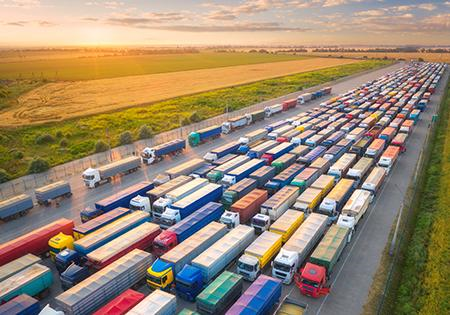
Hot News
02/23/2023
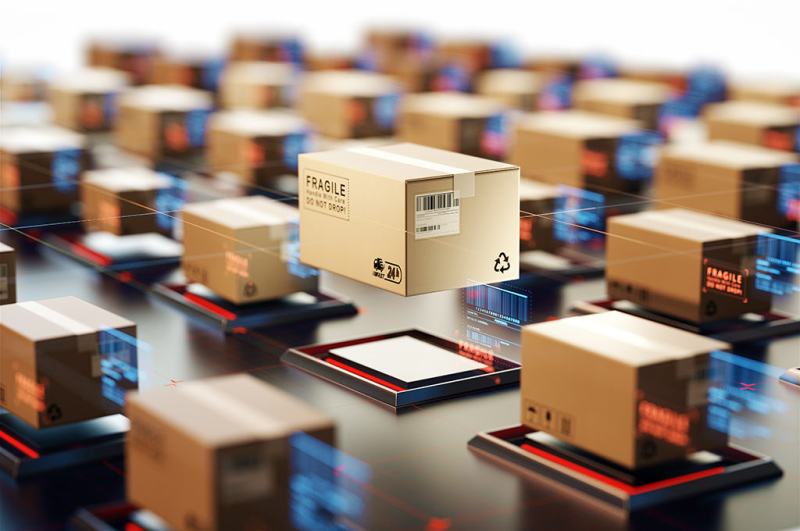
Hot News
02/23/2023
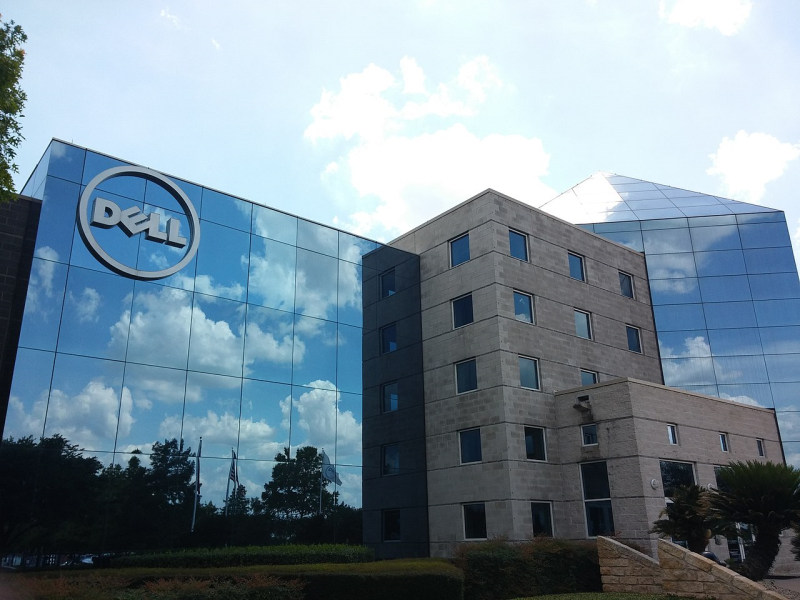
Hot News
02/06/2023
Hot News
02/07/2023